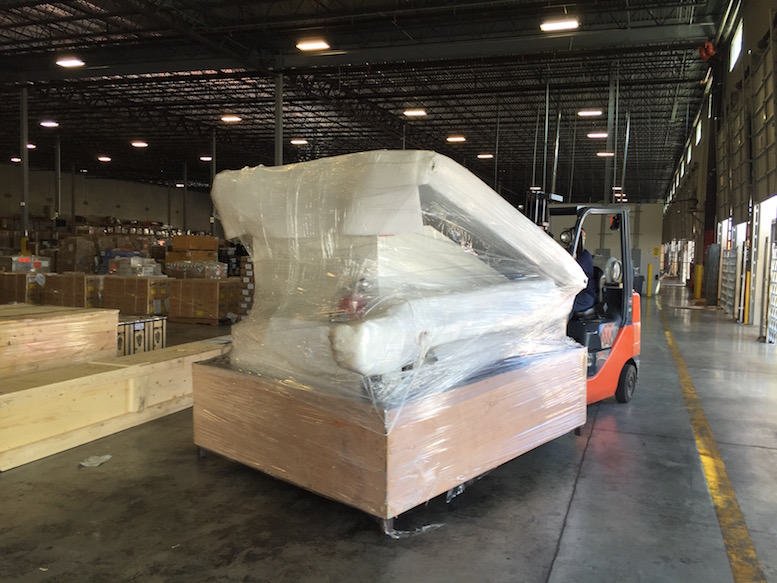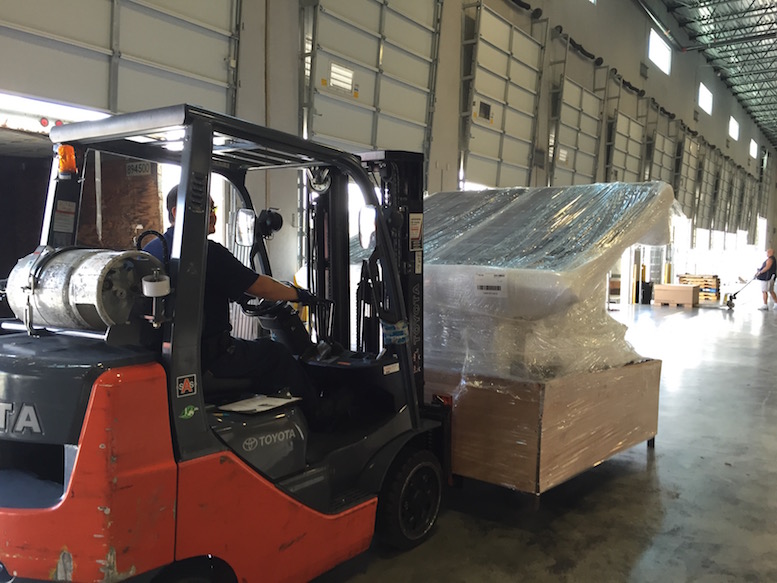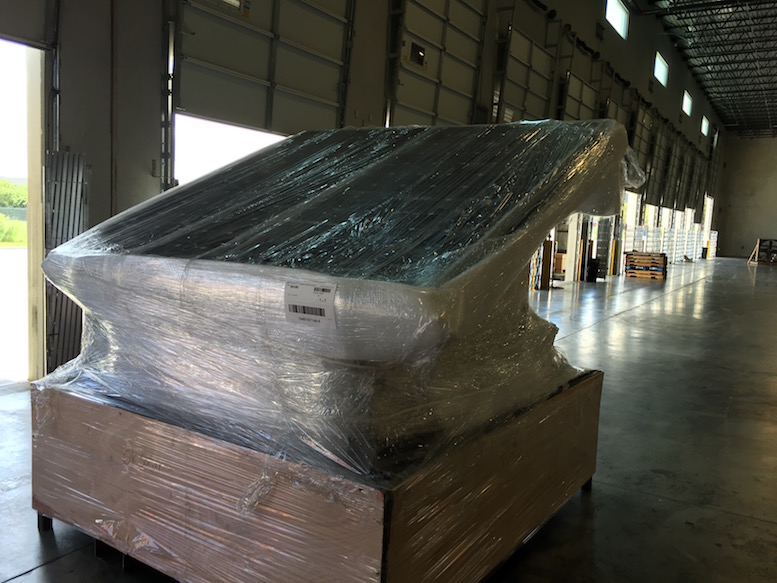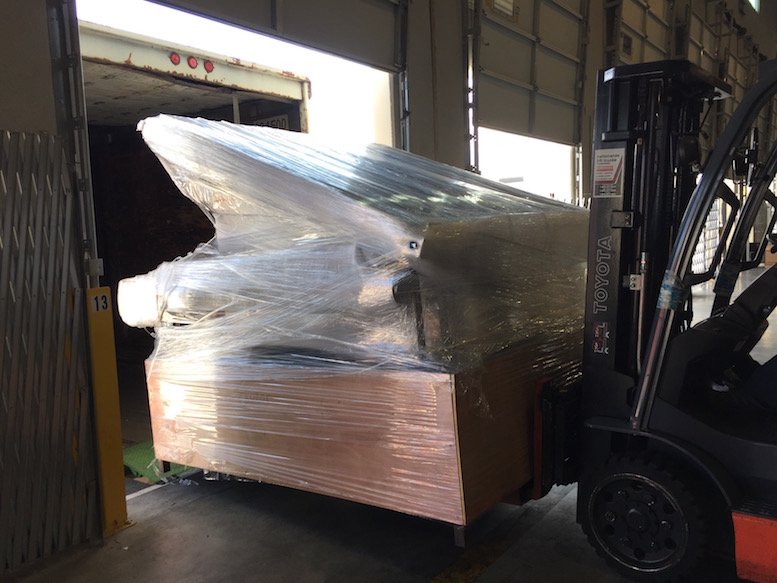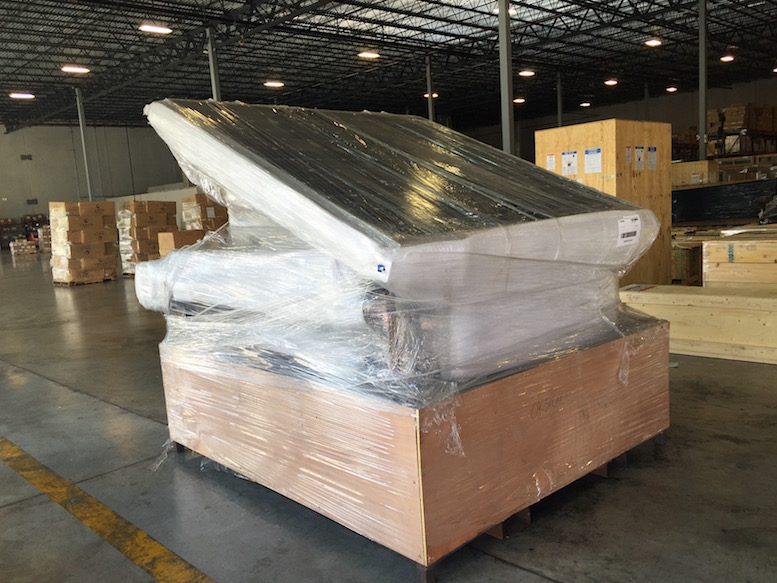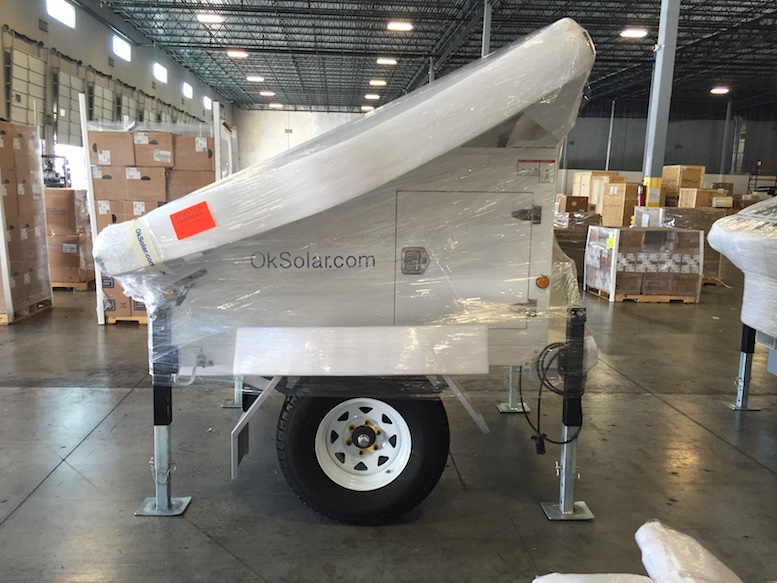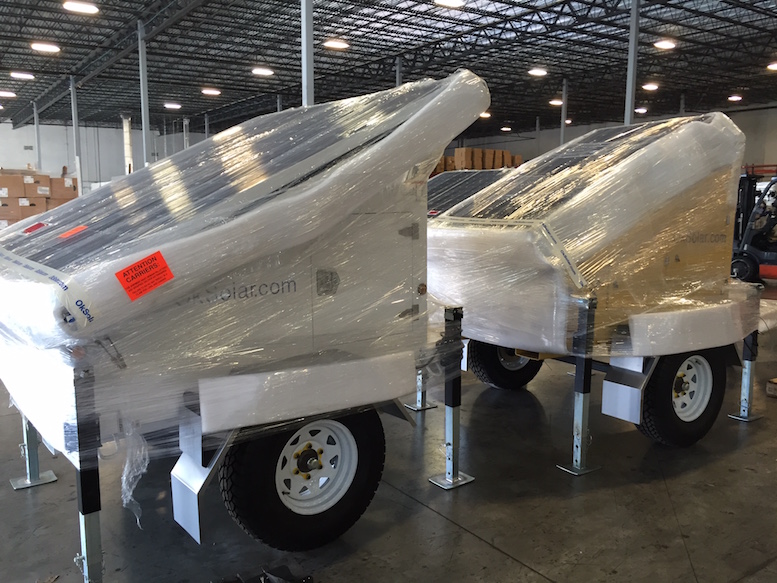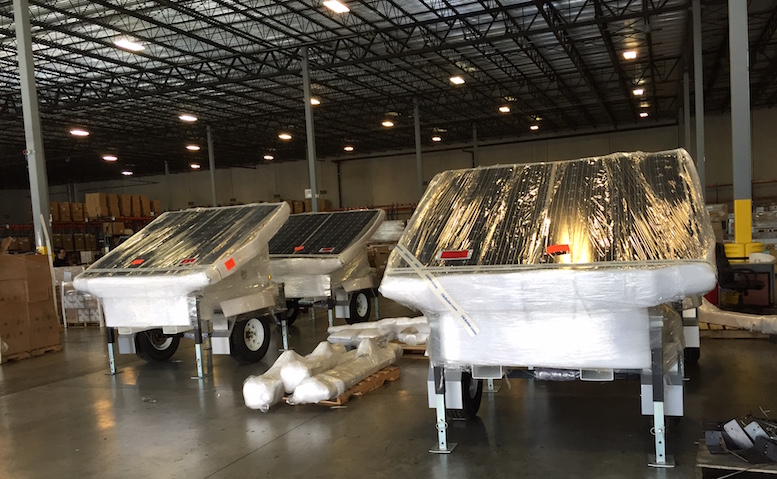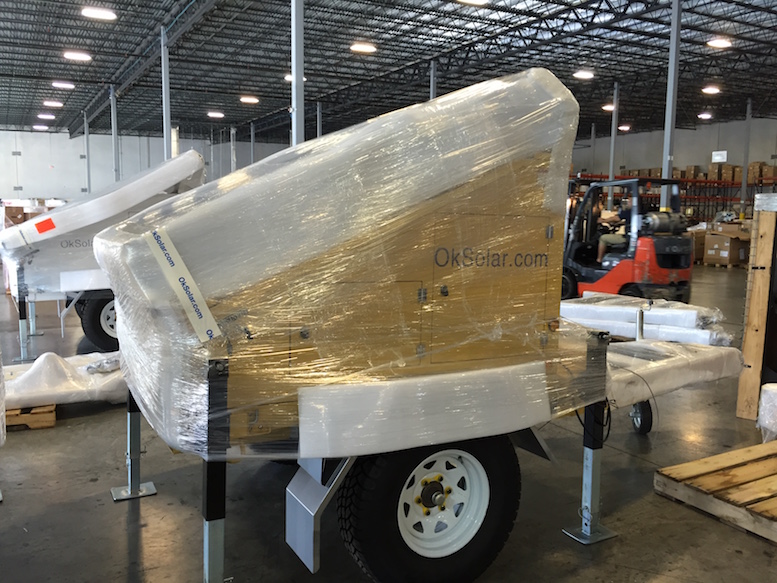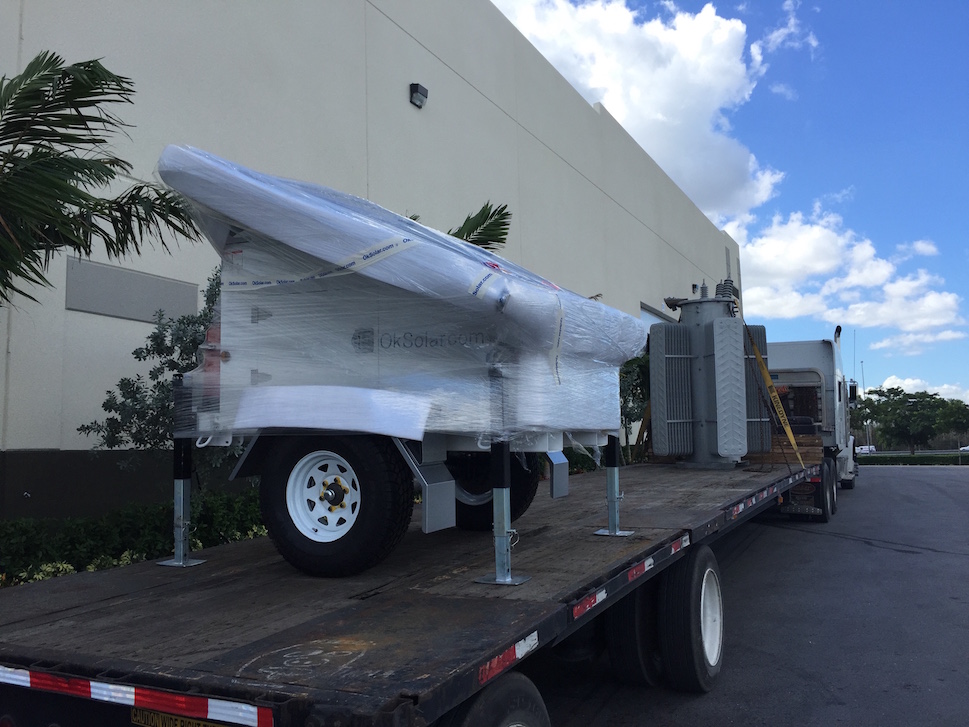Lighting Principles and Terms
To choose the best energy-efficient lighting
options for your home, you should understand
basic lighting principles and terms.
Light Quantity
Illumination
The distribution of light on a horizontal
surface. The purpose of all lighting is to
produce illumination.
Lumen
A measurement of light emitted by a lamp. As
reference, a 100-watt incandescent lamp emits
about 1750 lumens.
Footcandle
A measurement of the intensity of illumination.
A footcandle is the illumination produced by one
lumen distributed over a 1-square-foot area. For
most home and office work, 30–50 footcandles of
illumination is sufficient. For detailed work,
200 footcandles of illumination or more allows
more accuracy and less eyestrain. For simply
finding one's way around at night, 5–20
footcandles may be sufficient.
Energy Consumption
Efficacy
The ratio of light produced to energy
consumed. It's measured as the number of lumens
produced divided by the rate of electricity
consumption (lumens per watt).
Light Quality
Color temperature
The color of the light source. By
convention, yellow-red colors (like the flames
of a fire) are considered warm, and blue-green
colors (like light from an overcast sky) are
considered cool. Color temperature is measured
in Kelvin (K) temperature. Confusingly, higher
Kelvin temperatures (3600–5500 K) are what we
consider cool and lower color temperatures
(2700–3000 K) are considered warm. Cool light is
preferred for visual tasks because it produces
higher contrast than warm light. Warm light is
preferred for living spaces because it is more
flattering to skin tones and clothing. A color
temperature of 2700–3600 K is generally
recommended for most indoor general and task
lighting applications.
Color rendition
How colors appear when illuminated by a light
source. Color rendition is generally considered
to be a more important lighting quality than
color temperature. Most objects are not a single
color, but a combination of many colors. Light
sources that are deficient in certain colors may
change the apparent color of an object. The
Color Rendition Index (CRI) is a 1–100 scale
that measures a light source's ability to render
colors the same way sunlight does. The top value
of the CRI scale (100) is based on illumination
by a 100-watt incandescent light bulb. A light
source with a CRI of 80 or higher is considered
acceptable for most indoor residential
applications.
Glare
The excessive brightness from a direct light
source that makes it difficult to see what one
wishes to see. A bright object in front of a
dark background usually will cause glare. Bright
lights reflecting off a television or computer
screen or even a printed page produces glare.
Intense light sources—such as bright
incandescent lamps—are likely to produce more
direct glare than large fluorescent lamps.
However, glare is primarily the result of
relative placement of light sources and the
objects being viewed.
Lighting Uses
Ambient lighting
Provides general illumination indoors
for daily activities, and outdoors for safety
and security.
Task lighting
Facilitates particular tasks that require more
light than is needed for general illumination,
such as under-counter kitchen lights, table
lamps, or bathroom mirror lights.
Accent lighting
Draws attention to special features or
enhances the aesthetic qualities of an indoor or
outdoor environment.
With an average life span of 100,000-plus hours
(11 years), IQ LEDs operate reliably year
after year and are virtually maintenance free.
Outdoor Solar Lighting
Outdoor solar lights are easy to install and
virtually maintenance free. Best of all, they
provide free electricity.
Outdoor solar lighting systems use
solar cells, which convert sunlight into
electricity. The electricity is stored in
batteries for use at night. Manufacturers most
commonly use nickel cadmium, sealed lead acid,
and lead acid batteries.
Outdoor solar lighting systems will work in
most areas of the United States. However, it is
important to consider geographic and site
specific variables when choosing a product. A
solar lighting system will work well only as
long as the solar cells receive the
manufacturer's recommended hours of sunlight.
The "nightly
run time" listings on most "off-the-shelf"
products are based on specific sunlight
conditions. Outdoor solar lights located in
places that receive less sunlight than the solar
cells need will operate for fewer hours per
night than expected. Nightly run times may also
vary depending on how clear the sky is on any
given day. Operating times in the winter months
may vary as much as 30%–50%. Unless the
solar lighting system has been sized
specifically for winter operation, it will not
operate for the specified number of hours per
night in a given location. Shading of the solar
cells by landscape features (vegetation,
buildings, etc) will also impact battery
charging and performance. Watch for bird
droppings, too. Insufficient battery charging
will not only affect performance, it also may
reduce the life of the
battery.
Some
solar lighting systems are self-contained units.
You only need to place the lights in a sunny
location. Others have the lights separate from a
solar cell panel. Only the panel needs to be
placed in a sunny location. Units vary in size
from small eight-inch, red-glowing pathway
markers to pole-mounted patio and high-beam
security lights.
Before you buy an outdoor solar lighting system,
check with the manufacturer to see if
replacement bulbs or batteries are available.
Some units do not provide replacement options.
Home outdoor solar lighting systems are often
available in hardware, lighting, and discount
stores as well as through environmentally
oriented mail order companies.
Metal Halide Lamps
Metal halide lamps produce a bright, white light
with the best color rendition among
high-intensity lighting types. They are used to
light large indoor areas, such as gymnasiums and
sports arenas, and outdoor areas, such as car
lots.
Metal halide lamps are similar in construction
and appearance to mercury vapor lamps. The
addition of metal halide gases to mercury gas
within the lamp results in higher light output,
more lumens per watt, and better color rendition
than from mercury gas alone.
Metal halide lamps have shorter lifetimes
(5,000–20,000 hours) compared to both mercury
vapor and high-pressure sodium lamps.
High-Intensity Discharge Lighting
In a high-intensity discharge
lamp, electricity arcs between two electrodes,
creating an intensely bright light. Mercury,
sodium, or metal halide gases act as the
conductor.
High-intensity discharge (HID) lamps provide the
highest efficacy and longest service life of any
lighting type. They can save 75%–90% of lighting
energy when they replace incandescent lamps.
HID lamps use an electric arc to produce intense
light. Like
fluorescent lamps, they require ballasts.
They also take up to ten minutes to produce
light when first turned on, because the ballast
needs time to establish the electric arc.
Because of the intense light they produce at a
high efficacy, HID lamps are commonly used for
outdoor lighting and in large indoor arenas.
Since the lamps take awhile to establish, they
are most suitable for applications where they
stay on for hours at a time. They are not
suitable for use with motion detectors.
Types of High-Intensity Discharge Lamps
These are the three most common types of HID
lamps:
• Mercury vapor
lamps
• Metal halide lamps
•
High-pressure sodium lamps.
You can use the chart below to compare these
types of lamps. If you don't already, it helps
to understand basic lighting principles and
terms before making.
https://www.eere.energy.gov/features/dept_energy.html
Ratatouille and Department of
Energy TV Spot (Text Version)
Below is a text version of the Ratatouille and
Department of Energy TV spot on energy
efficiency.
"Rat!" (An animated chef yells and runs out of
the kitchen in a panic. A rat holding a chunk of
cheese over his head runs across the kitchen
counter, scared and knocking over dishes while
the kitchen staff chases him.)
(voiceover)
When it comes to our everyday activities, some
of us use more energy than others.
(A blindfolded young chef works in front of a
stove, flipping a pancake. The rat sits on his
head and pulls on his hair, directing the chef's
actions like a marionette puppet. The pancake
flies out the window.)
But we can all be more energy efficient.
(A rat walks out in front of blank screen,
kicking around an incandescent light bulb like a
soccer ball.)
You could change from regular light bulbs to
ENERGY STAR compact fluorescents.
(The rat flips up the light bulb off screen, and
then catches a compact fluorescent bulb and
winks.)
Just imagine how much energy we'd save if this
whole city changed bulbs. (The rat looks out
over a panoramic view of Paris.)
(Chef exclaims) "Exactly!"
Brought to you by Disney Pixar's Ratatouille,
and the Department of Energy.
(A menu opens showing the words "From Disney
Pixar Ratatouille" and the page turns to reveal
the U.S. Department of Energy logo.)
To read up on more tips...
(A rat opens a cookbook, while another asks
him,)
"You...read?"
(The first rat responds,) "Well, not
excessively."
Source information
https://www.eere.energy.gov/ U.S. Department
of Energy
Mogul E39 standard base socket (house side).
Standard voltage for the LED Streetlight is 120VAC;
other voltages available are 12V, 24V, 28V and 240V.
Optional LED colors are red, green, orange, yellow,
cool white and blue. align="right">Contact US
today!
IQ Solar LED Street Lighting
Self Contained
Easy Automatic
dusk-to-dawn operation.
Eco Friendly
No electricity required!
***Withstand 160 MPH winds special order
Your next scheduled
maintenance will be in 5 to 7 years!
Complete turn key Systems Solutions
for Solar LED Lighting
-Made in USA OkSolar.com products proudly meet the Buy American Act.
-Illumination Engineering Society (IES)
OkSolar.com lighting products follow guidelines set out by the IES, the recognized technical authority on illumination.
-International Dark-Sky Association (IDA)
OkSolar.com product lines offer dark-sky friendly fixtures, helping to preserve and protect the nighttime environment through responsible outdoor lighting.
U.S. Green Building Council (USGBC)
OkSolar.com is a proud member of the USGBC, an organization dedicated to sustainable building design and construction as well as the developers of the LEED building rating system.
All components needed for installation are
included (except for the mounting pole optional). The systems are designed for
installation onto a wood, concrete, or metal mounting pole. You may choose to
use your own pole or we can quote the poles separately from the lighting system
itself.
These units can be used for: Area lighting, School security,
Billboards lighting, Dock lights, Park lighting, Parking lot lighting, Parkway
lighting, walkway lighting, Street lighting, Transit Lighting, Outdoor area
lighting, Security Lighting
-Complete turn key Systems Solutions for
Solar LED Lighting
-Hurricane Proof LED Solar Lighting - Seismic Restraint
Solar LED
Benefits:
- Esay installation
- No Wiring required. Installing and moving is easy
- No more waiting for the utility company!
- Proven technology.
- Vandal and theft-resistant components and hardware.
- All parts are corrosion resistant.
- Low installation cost.
- Easily and quickly deployed in almost any location.
- NO wiring run from the grid
- NO cuts through existing roads, sidewalks or landscaping.
- NO Maintenance
- NO Utility bill
- Maintenance Free Batteries!
- Big Credits and Savings form State and Federal Taxes.
- Component lifetime of 25 years
- Two-year full system warranty
SYSTEM OPERATION: The system converts the suns energy into electricity and stores it to provide up to twelve hours of light plus three days worth of backup energy.
Activation Switch On/Off: A microprocessor automates the functions of the system automatically activates form sunset to sunrise; has a timer, regulating the hours the light stays on; also regulates the battery, preventing overcharging and protecting against discharging. optional wireless on/off
Fixture Dimension: H 8 Meter approx.
Solar Cell type: Mono or Polycrystalline
Battery Type: Gel Deep Cycle, Valve-Regulated, Gelled-Electrolyte heavy duty Battery.
Reserve: 3 Days under Cloudy conditions
Light Source Type: IQLED High Power LED.
Operating time while fully charged: 8-10 hours per day x 2-5 continuous rainy days Daily For extended run times use we suggest adding Item# 160799
Extend your operating time: dusk to down (14-17 hours) you may have to add plug-in depending on your zone. Item# 160799
Daily Radiation Zone: Designed for Zone with 4-5 Hours of daily Insulation.
Temperature of work environment: Optimal Ambient -20 to +25 C (-4 to 77 F)
Maximum Ambient Temperature -40 to +80 C (-40 to 176 F)
fluorescent fixtures in areas that experience temperatures of 5 F (-15C) or below is not recommended. USE LED fixtures
Installation recommendation: 85 Feet (25 Meter) distance for each Lamp
System includes:
-Fixtures
-Solar Panel.
-Structure for solar panel Pole mount Adjustable 0-90 horizontal and 360 about pole.
-Entire pole-mounted system is designed to withstand 90 MPH wind loads with 1.3 gust factor.
-Microprocessor controlled Charge controller and Timer.
-Batteries: Long-Life - Deep-Cycle - Maintenance-Free.
-Detailed instruction manuals included in every system.
-Packaging information: Pallet - Brown Box (Individual Packing for each part)
-Virtually Maintenance-Free Design.
-Vandal and Theft Resistant Components and Hardware.
-Expand your system: We have included components that allow for easy plug and play expansion units.
-Pole Not Included sold separately Pole - Space and Optics
-Arm Not Included sold separatly
-(Optional) Unbreakable Solar Modules
-(Optional) Wireless Remote Control Activation.
V7.77
OkSolar.com Affiliate
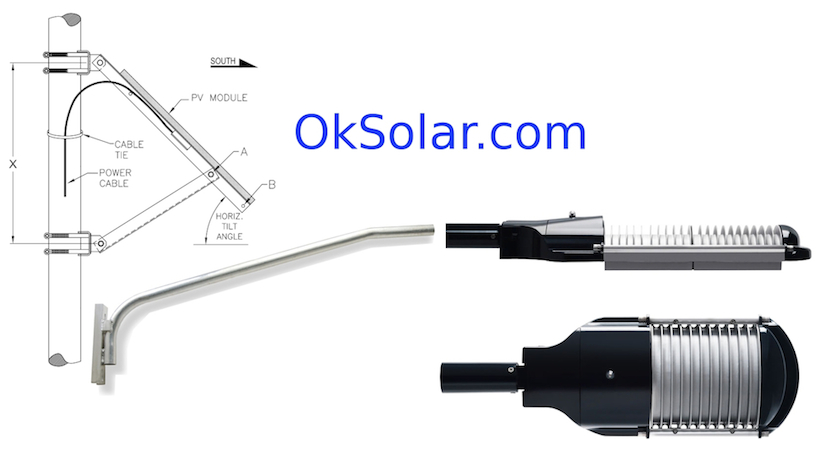
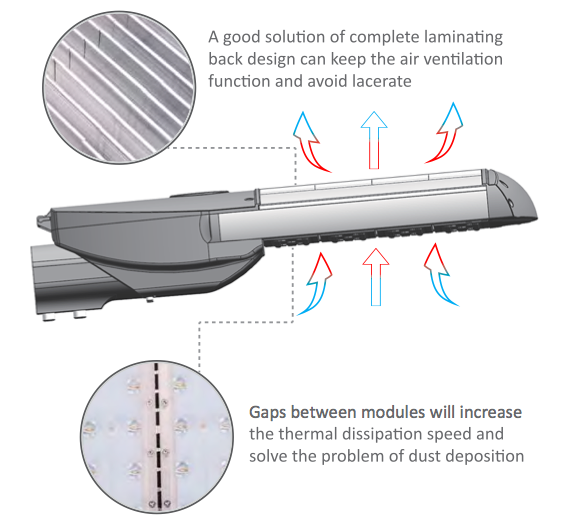
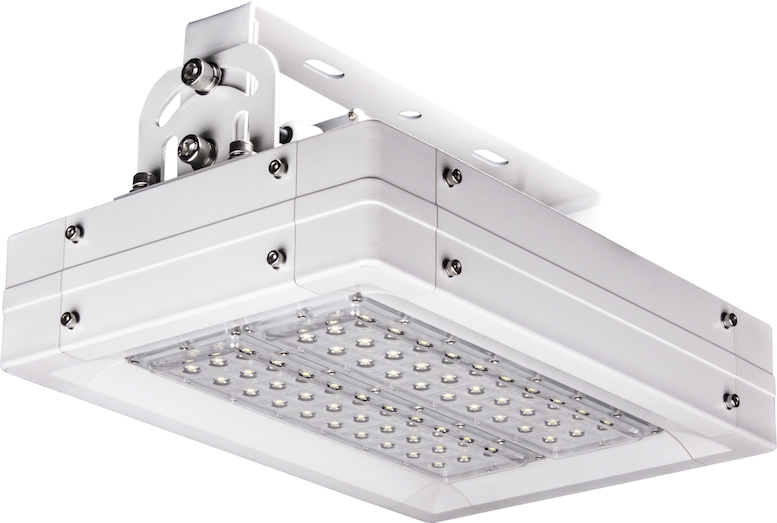
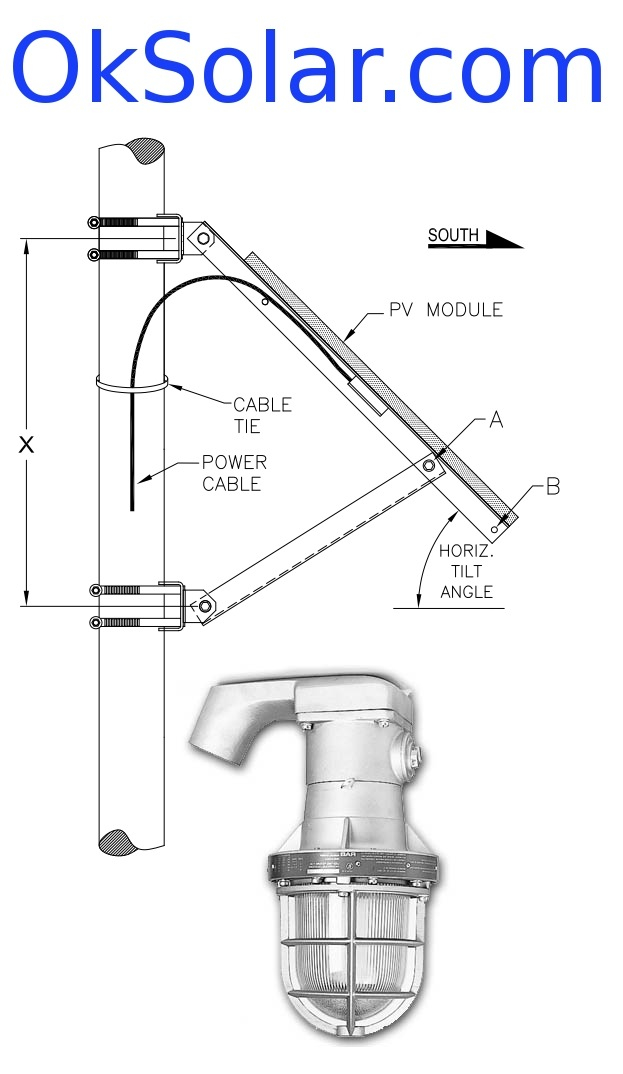
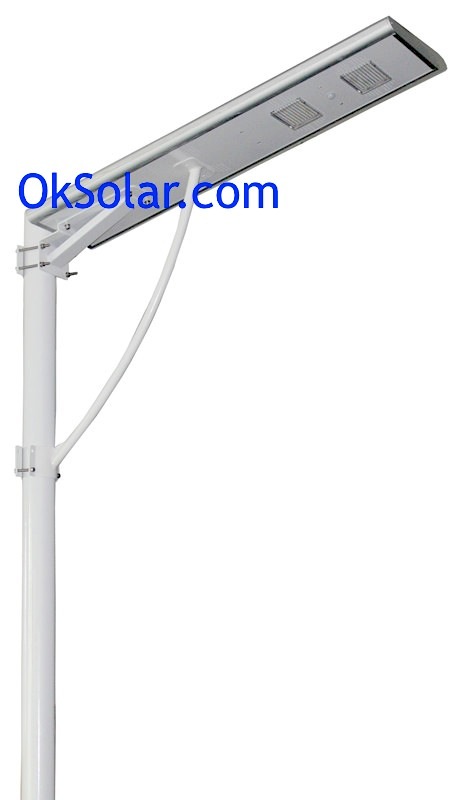
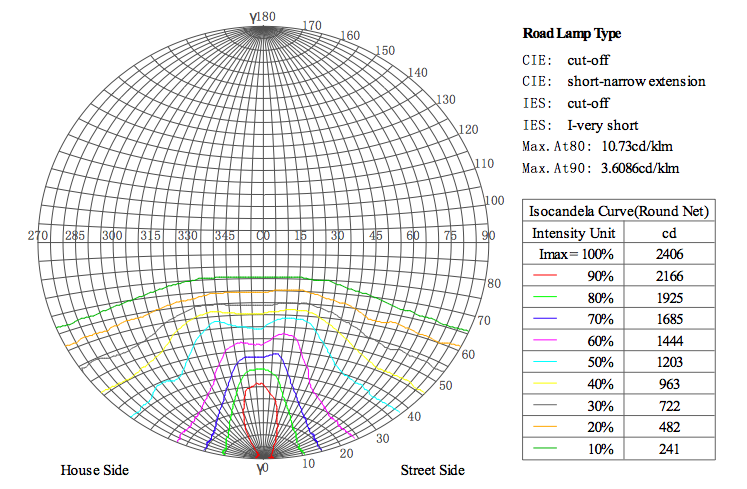
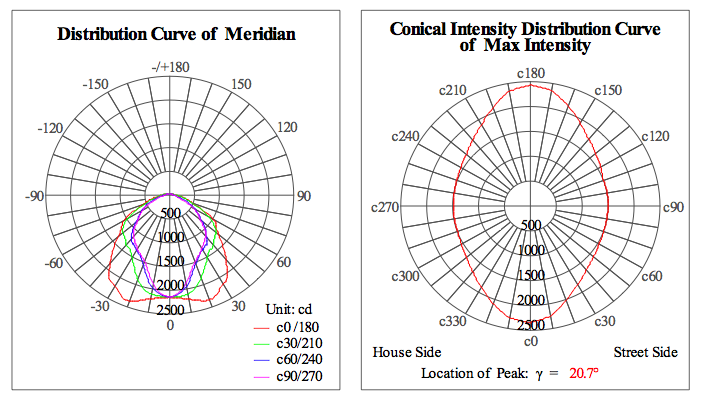
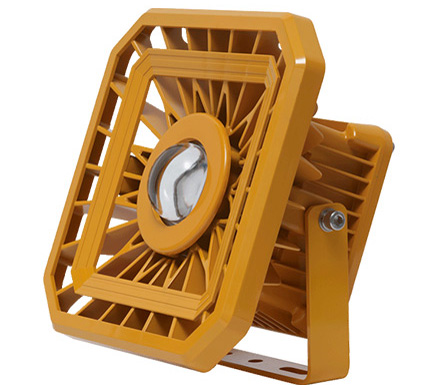
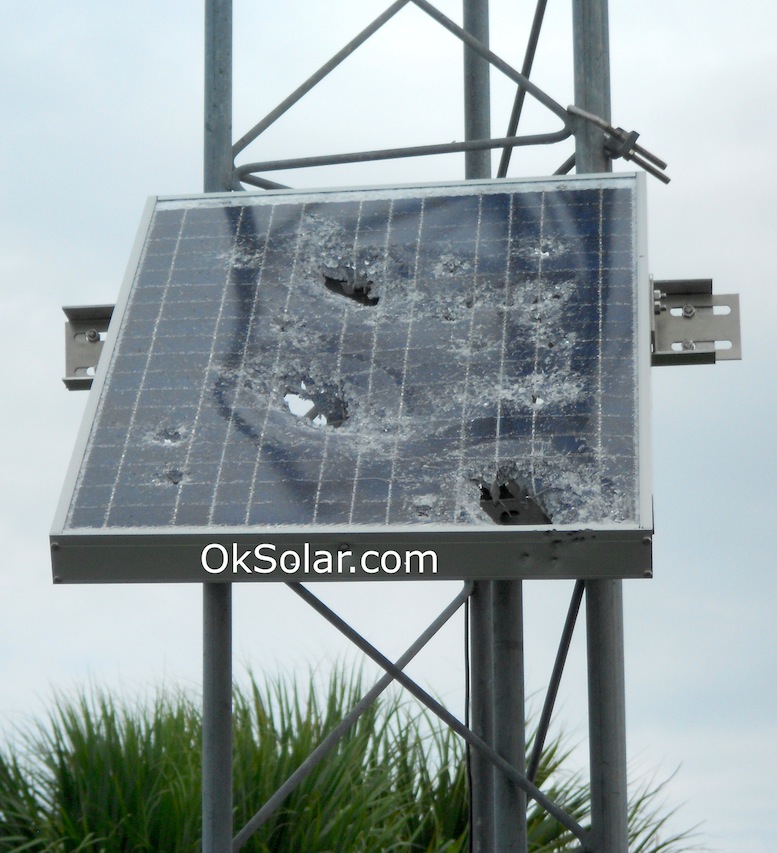

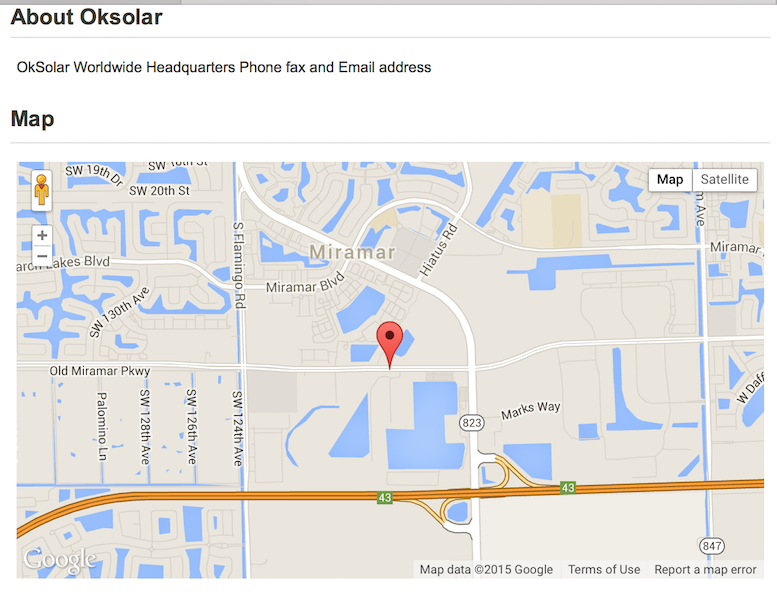
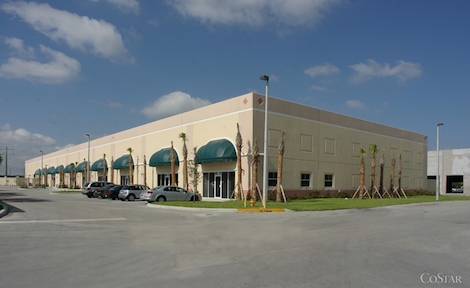
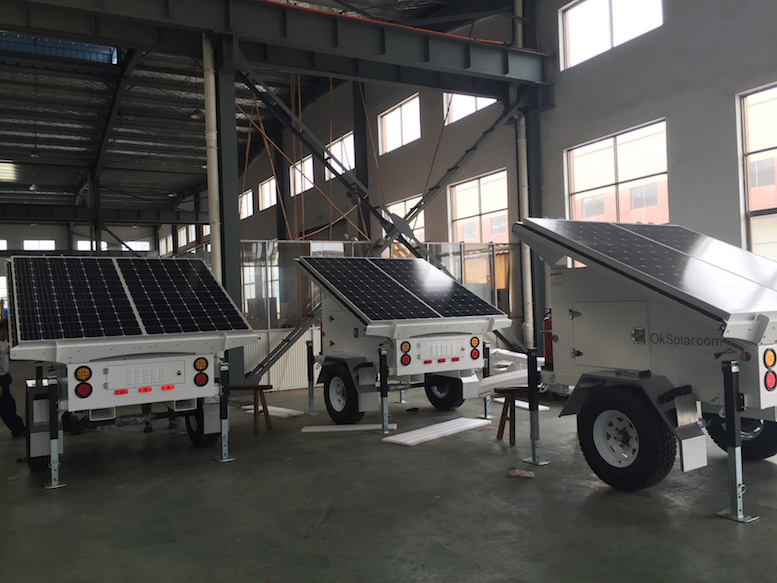
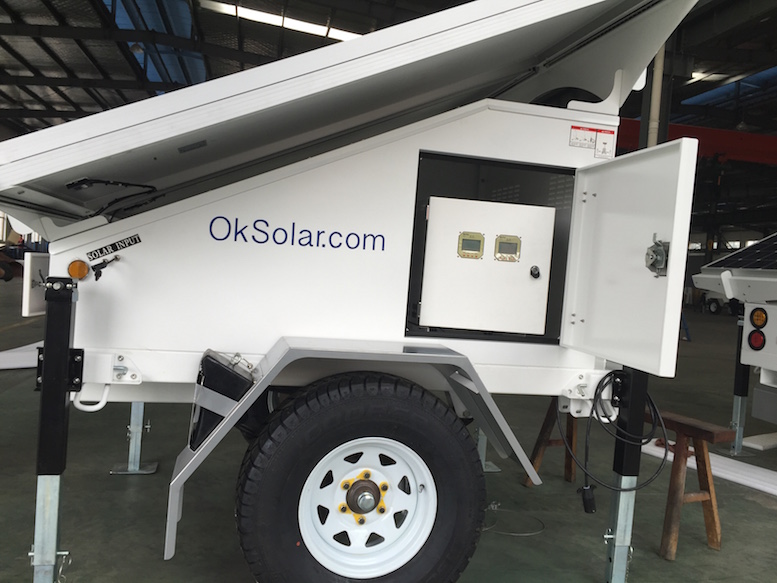
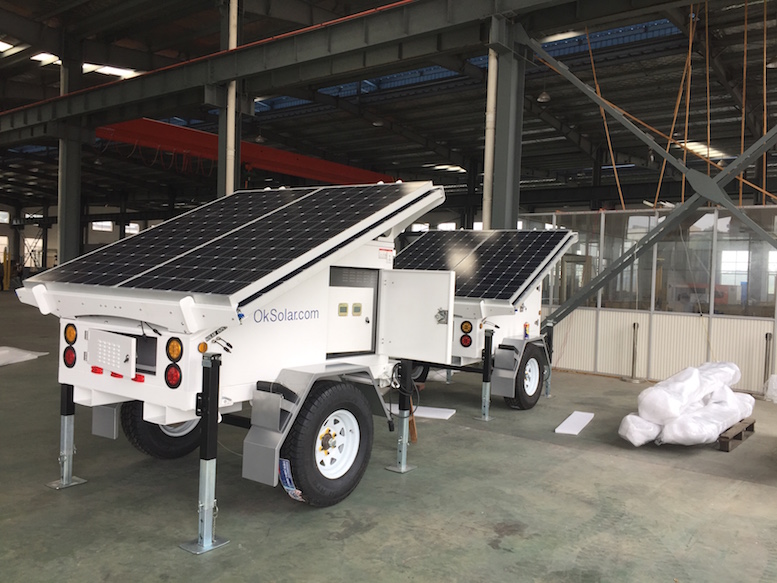
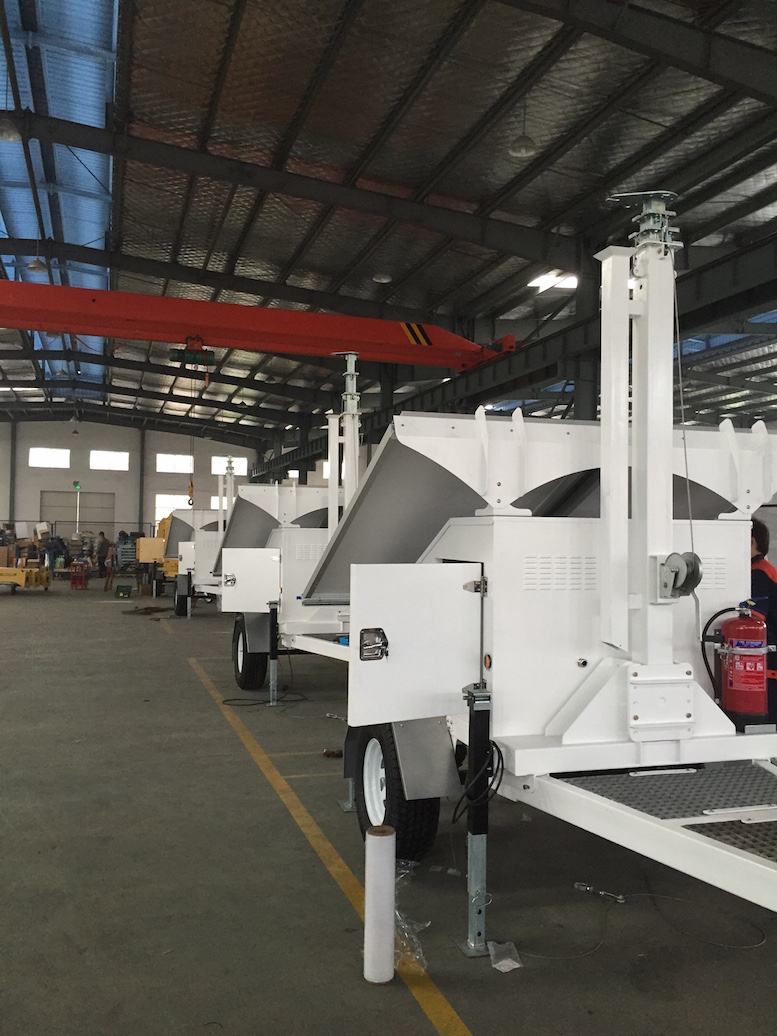
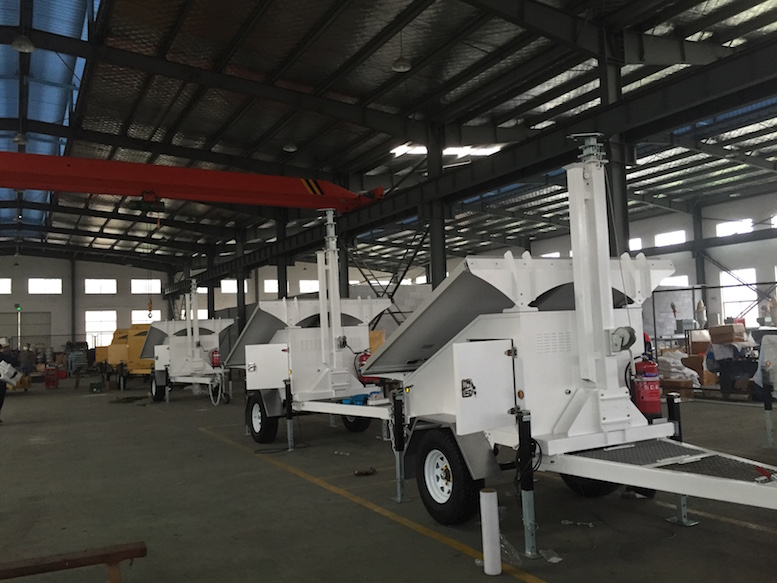
Sample Ready to ship unit
